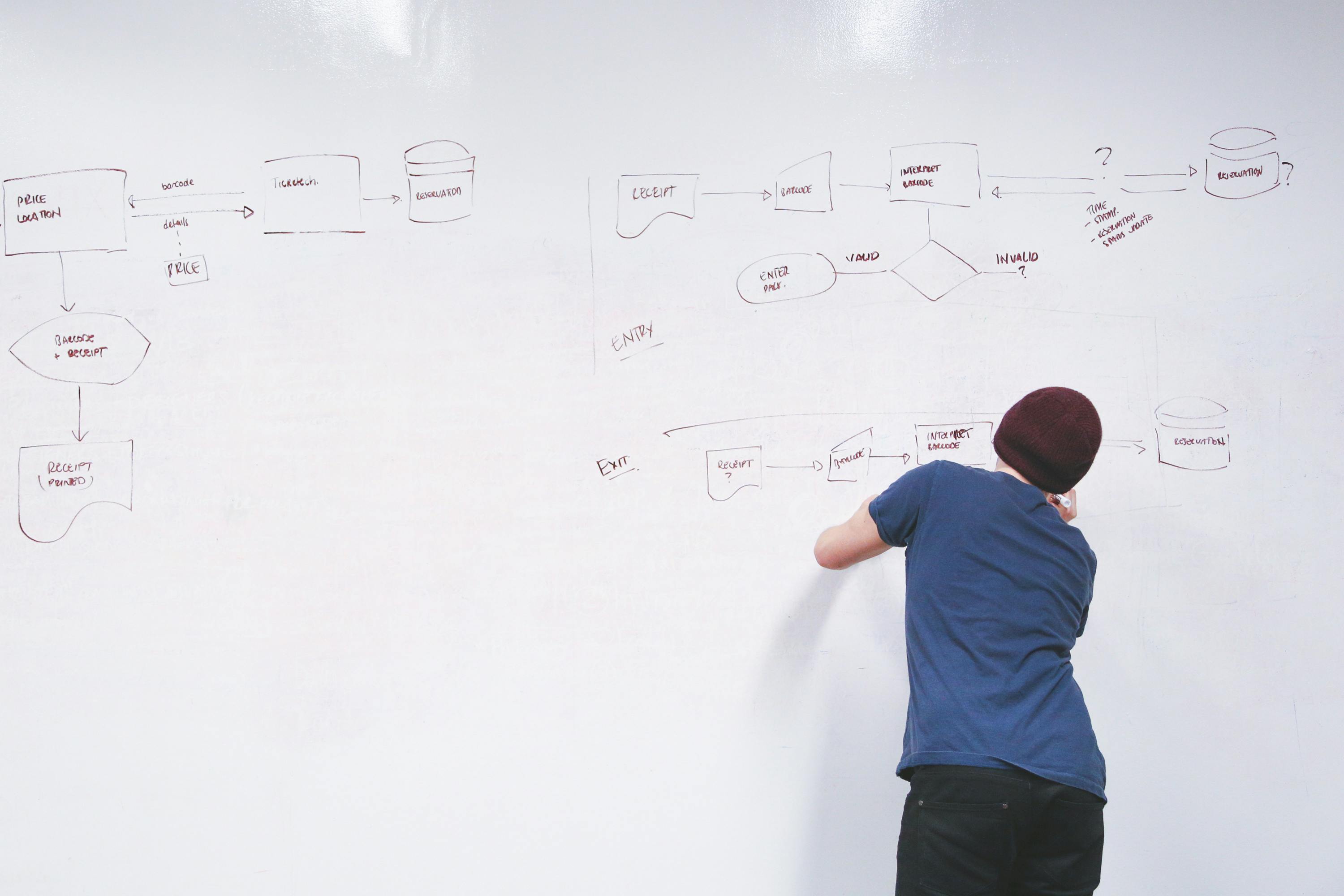Diagrams are essential for explaining complex systems and processes in technical documentation. Mermaid makes it easy to create and maintain diagrams using a simple markdown-like syntax, directly in your content files.
In this post, I’ll show several examples of diagrams you can create using Mermaid.
Flowchart Example
Let’s start with a basic flowchart showing a deployment process:
The code to create this flowchart is surprisingly simple:
flowchart TD
A[Code Changes] --> B{Code Review}
B -->|Approved| C[Build & Test]
B -->|Rejected| A
C --> D{Tests Pass?}
D -->|Yes| E[Deploy to Staging]
D -->|No| A
E --> F{Staging Validation}
F -->|Pass| G[Deploy to Production]
F -->|Fail| A
G --> H[Monitor]
Sequence Diagram Example
Sequence diagrams are perfect for showing interactions between components:
Class Diagram Example
Class diagrams help visualize the structure of a system:
Gantt Chart Example
Gantt charts are useful for project planning:
Tips for Using Mermaid
- Keep it simple: Focus on clarity rather than creating overly complex diagrams
- Use consistent styling: Follow the same conventions across all your diagrams
- Add meaningful labels: Make sure relationships and actions are clearly labeled
- Test your diagrams: Some complex syntax might not render correctly in all cases
Conclusion
Mermaid diagrams are a powerful way to enhance your technical documentation with visual representations that are:
- Version controlled with your content
- Easy to update and maintain
By integrating diagrams directly in your markdown content, you can create more comprehensive and understandable documentation for your projects.
